Safety
Before using the lab for any purpose, lab orientation is required. Click on the Get Started button below.
Depending on your prior experience, some lab specific safety training is required even for access during Open Hours. For example, all users of the Rodgers RLE Laboratory must have completed the RLE Emergency Preparedness Training.
In addition, lab-specific safety training is required for unsupervised use of the fume hood and for any lab use after hours (outside of Open Hours). If you would like after hours access and/or Lab Specific Safety Training for any reason, ask Dr. Nagle about upcoming sessions.
Finally, safety training only defines limits and teaches best practices within those limits. You are responsible for your safety and the safety of those around you. It may help to think of safety training as defining guardrails and teaching safe operation of a vehicle between the guardrails:
- We don’t want you to drive off a cliff, i.e., we don’t want you to harm yourself in the Lab.
- We don’t want you to drive into others, i.e., we don’t want you to harm others through your actions in the Lab.
- We don’t want you to crash our vehicles, i.e., we don’t want you to damage Lab equipment.
- You are free to crash your own vehicle (damage your own equipment), but subject to the restrictions of 1 through 3 above.
Notable hazards in the lab
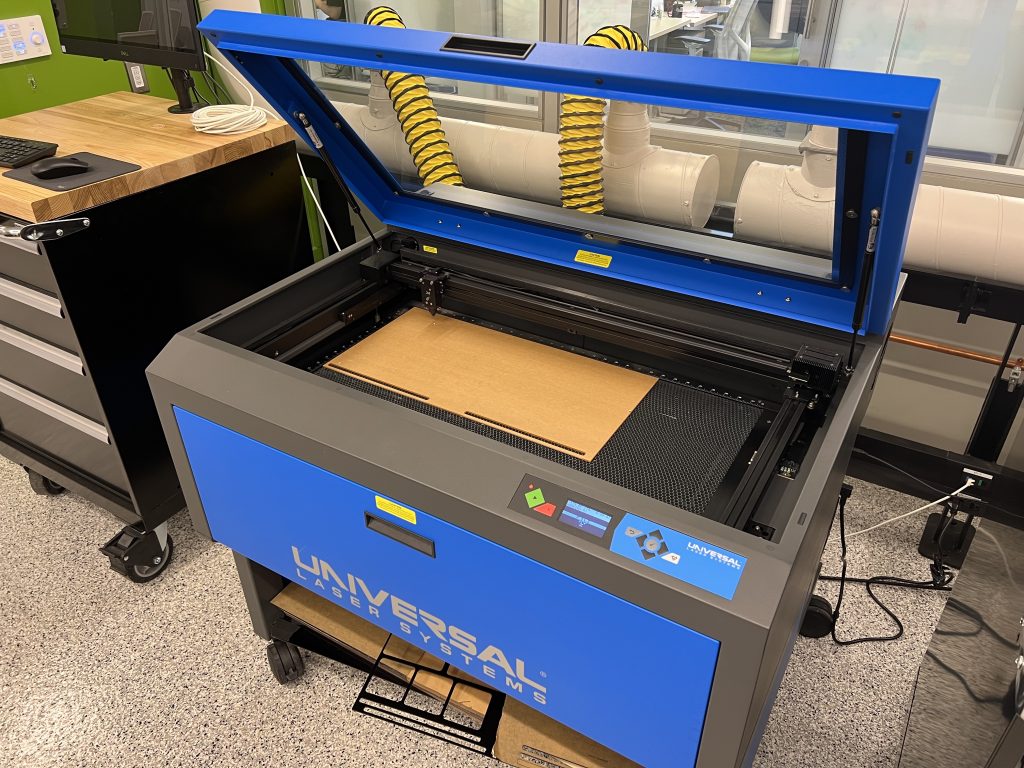
75 W CO2 laser cutter/etcher
This tool requires training by Dr. Nagle. It is safe if used properly, but must be attended at all times while in operation. Laser cutting can and does produce a flame, and the flames can get out of control.
It is imperative that users check the location and operational status of the nearest fire extinguiser BEFORE starting the tool. This is part of the laser cutter training and is reinforced with cue cards at the tool.
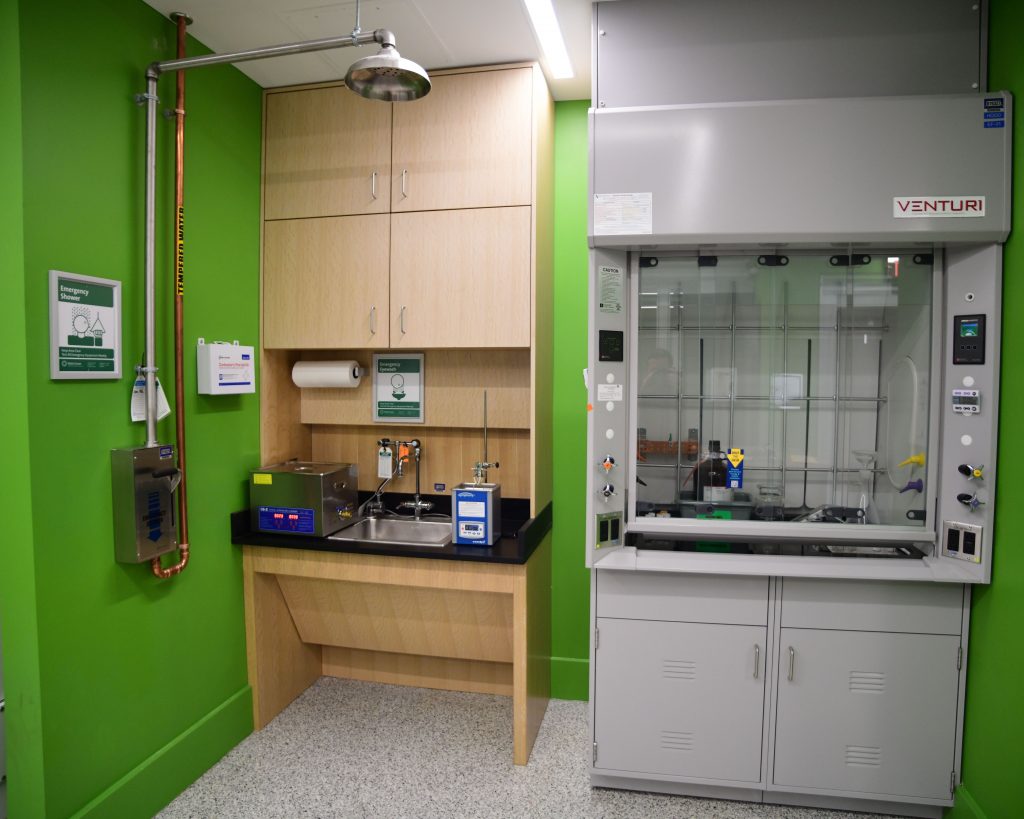
Fume hood
Use of the fume hood requires Rodgers Lab Specific training. See above to arrange.
All processes must be clearly described in a written Protocol and submitted to Dr. Nagle two weeks before the planned use of the fume hood. All amounts and names of all chemicals must be listed in a “Materials” section of the Protocol, and their use must be clearly noted in the Protocol step(s) which use(s) them. The Protocol must describe the source and destination containers, all labware as well as other tools that are hazards or will come into contact with hazards. If you’re not sure if something is a hazard, please discuss with Dr. Nagle. Finally, arrangements for disposal of waste must also be described in the Protocol and be arranged with Dr. Nagle two weeks before the planned execution of the Protocol.
For simple protocols, and if the Rodgers Lab has hosted a similar protocol in the past, the above timeline could be short.
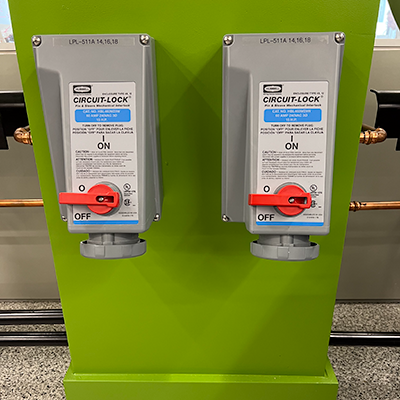
120/208 V, 60 A, 3-phase service along the north wall
DANGER!
OFF LIMITS!
Use of these service connections requires special permission and advanced electrical safety training. They exist primarily to power specialized equipment. Talk to Dr. Nagle if you’d like to learn more.
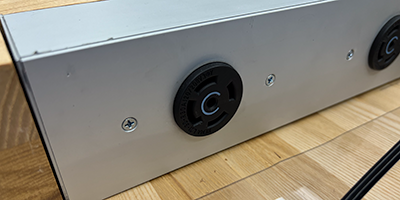
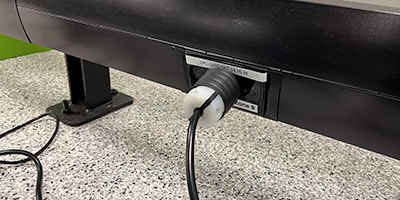
120/208 V, 30 A, 3-phase service at each bench and along the back wall
Use of these service connections requires special permission and advanced electrical safety training.
Talk to Dr. Nagle if you would like to connect anything to these outlets.
